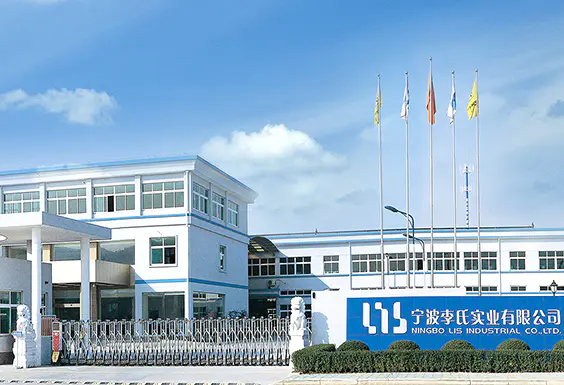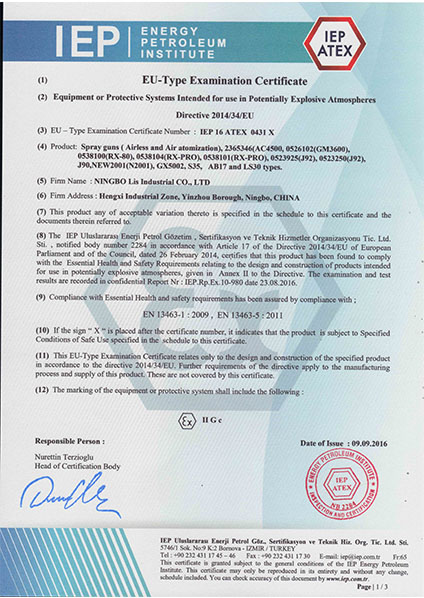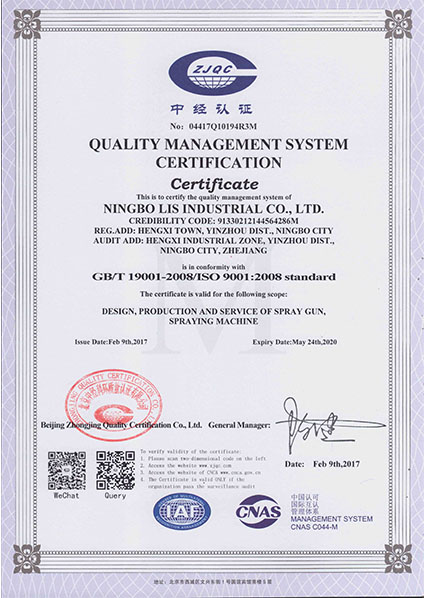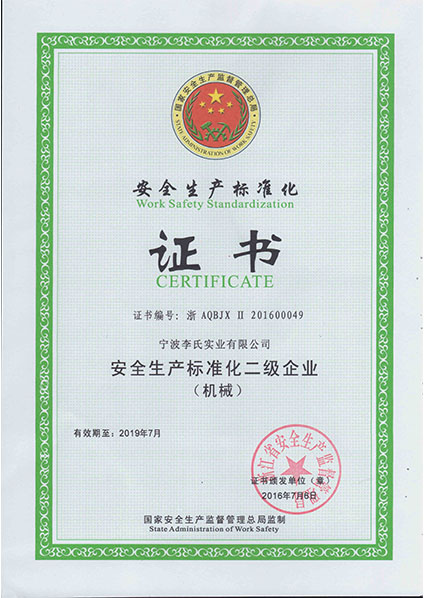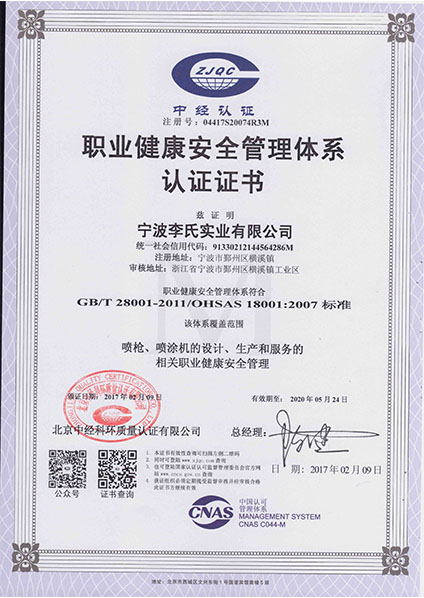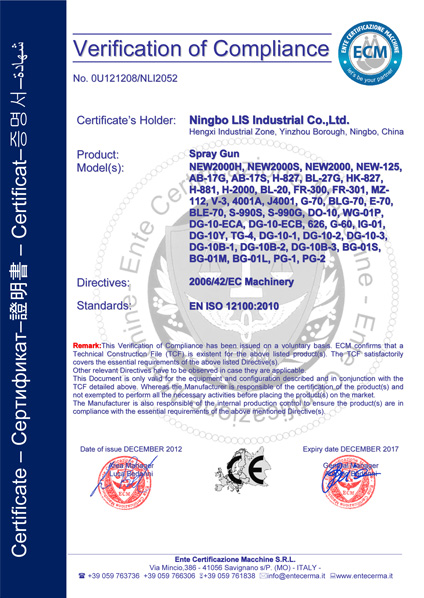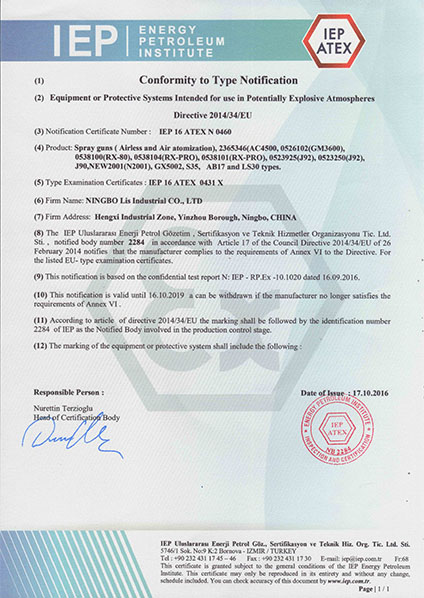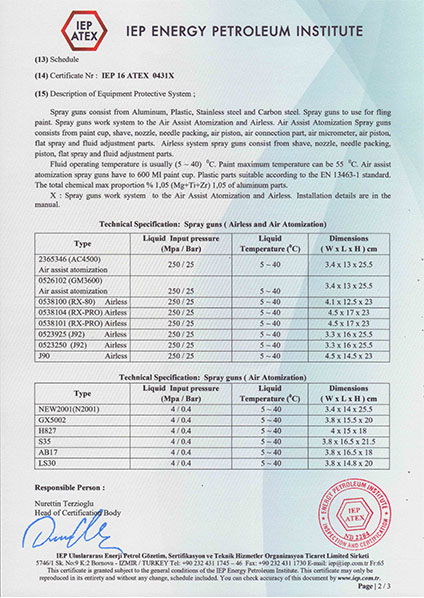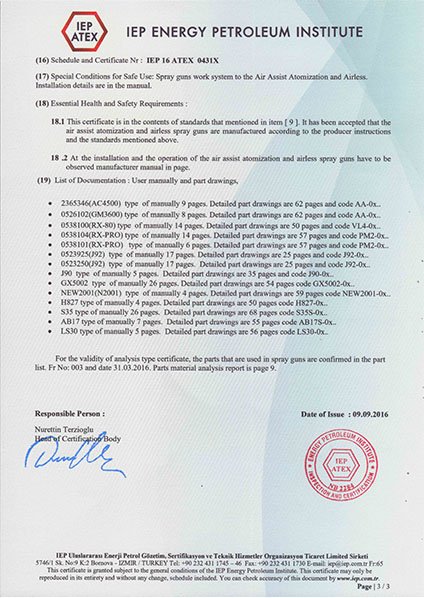Industry Knowledge
What is Low Pressure Spray Gun?
A
low-pressure spray gun is a type of spray gun that uses low air pressure to atomize and spray paint or other liquids onto a surface. This results in a finer and more controlled spray pattern, and reduces overspray and waste compared to high pressure spray guns. Low pressure spray guns are typically used for applying thin coatings, such as stains and sealers, and for applying coatings to delicate surfaces where overspray and bounceback are concerns. They are also preferred for spraying materials with a high solids content, as the low pressure helps to prevent the paint from drying too quickly and clogging the nozzle. Low pressure spray guns typically produce a softer, more controllable spray pattern than high pressure spray guns, making them easier to use and more efficient at applying paint evenly.
The composition of the Low Pressure Spray Gun
1. Nozzle: controls the size and shape of the spray pattern.
2. Needle: regulates the flow of paint to the nozzle.
3. Air cap: helps to atomize the paint and create a uniform spray pattern.
4. Paint cup: holds the paint that is to be sprayed.
5. Trigger: activates the flow of paint.
6. Air Inlet: connects the gun to an air compressor.
7. Body: houses all the internal components of the gun.
These components work together to produce a low pressure spray that applies paint evenly and efficiently.
1. Fine atomization: Low pressure spray guns produce a fine mist of paint, resulting in a smooth, even application.
2. Reduced overspray: Lower air pressure means less paint is atomized, reducing the amount of overspray and wastage.
3. Lower noise: Low pressure spray guns tend to produce less noise compared to high-pressure spray guns.
4. Increased control: The reduced air pressure allows for greater control over the spray pattern, making it easier to achieve a consistent result.
5. Improved safety: The lower air pressure reduces the risk of injury from accidental spray and reduces the risk of fire or explosion.

 Search
Search
 English
English 中文简体
中文简体 Deutsche
Deutsche







